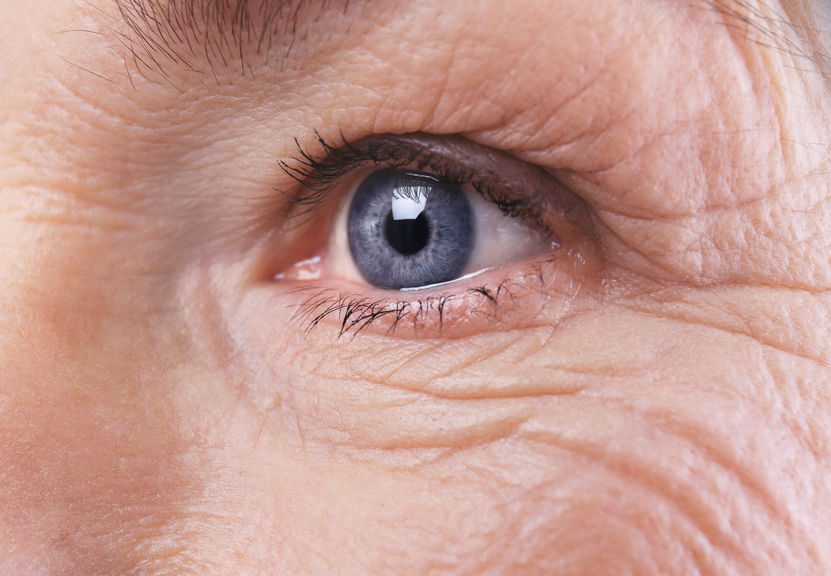
Cataracts are the natural clouding of the lens in your eye, making it difficult for light to enter. They develop gradually and happen to almost everyone. At first you may not notice any changes to your vision, but eventually you will start to notice symptoms. When your cataracts start to affect daily tasks like reading […]
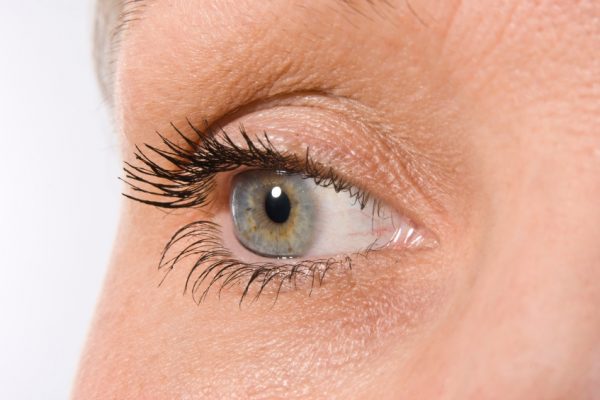
Are Cataracts Common? Over fifty percent of people over the age of 60, and quite a few younger than that, experience cataracts. In fact, cataracts are so common, it is said that everyone will develop a cataract if they live long enough. A cataract is a progressive clouding of the eye’s natural lens that interferes […]
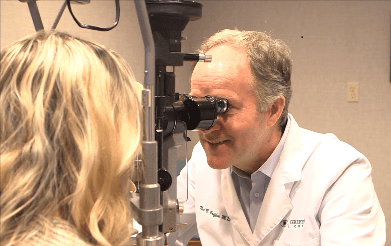
Cataract surgery removes the clouded natural lens and replaces it with an artificial plastic lens. Today’s lens technology enables cataract patients to not only replace their clouded lens with a clear plastic lens, but also correct other vision issues such as nearsightedness, farsightedness, and astigmatism. Working with your ophthalmologist, you can customize the procedure to […]

Cataract surgery removes the clouded natural lens and replaces it with an artificial plastic lens. Today’s lens technology enables cataract patients to not only replace their clouded lens with a clear plastic lens, but also correct other vision issues such as nearsightedness, farsightedness, and astigmatism. Working with your ophthalmologist, you can customize the procedure to […]

Cataract surgery removes the clouded natural lens and replaces it with an artificial plastic lens to correct farsightedness, nearsightedness, and astigmatism. There are several vision-correcting lens options for cataract surgery. Which intraocular lens (IOL) is right for you depends on your lifestyle as well as your vision needs. What is Cataract Surgery with Vision-Correcting IOLs? […]
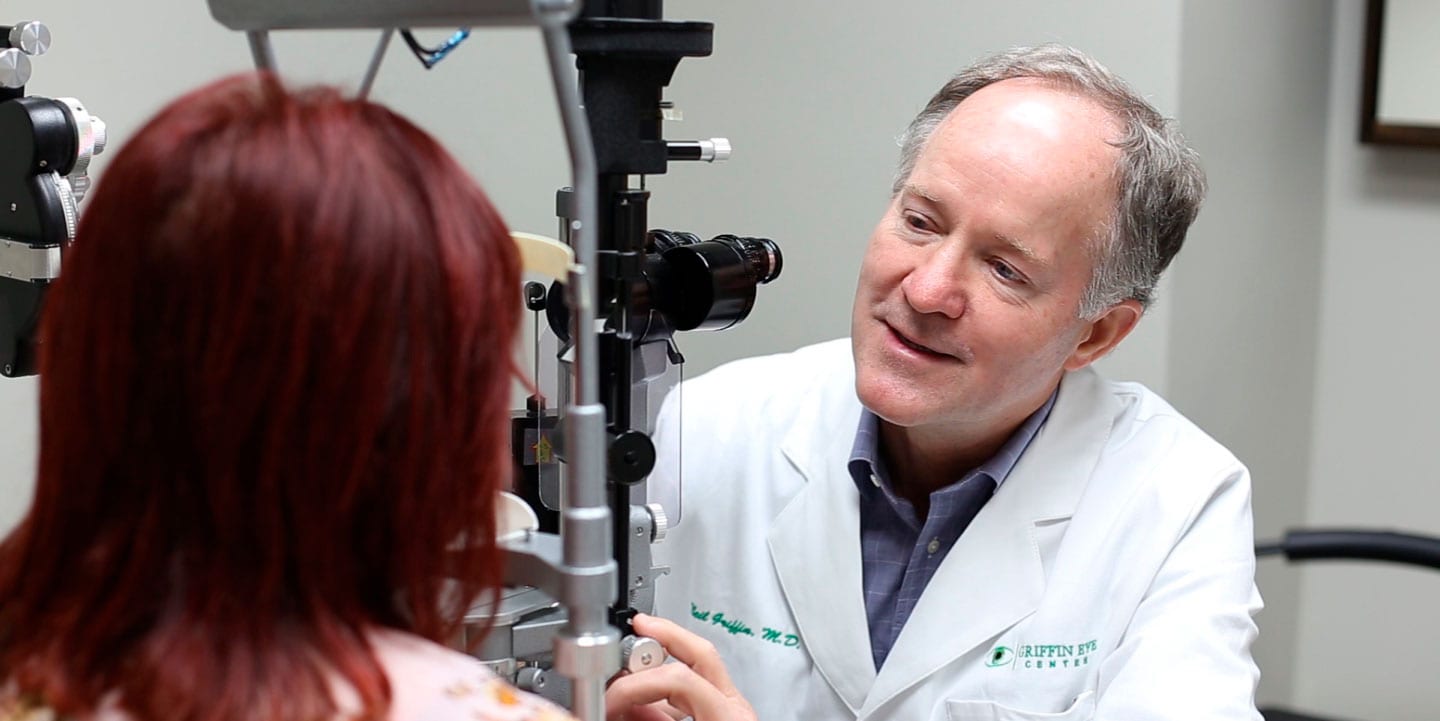
Three Things Patients Should Know About Cataracts Approximately 25 million Americans have cataracts, which causes cloudy, blurry or dim vision and often develops with advancing age. This June, Griffin Eye Center joins the American Academy of Ophthalmology in observing Cataract Awareness Month by sharing three things everyone should know about the condition and its treatment. […]

The most obvious way to determine if the eyes may be affected by cataracts is cloudy, blurry and/or more dim vision that progressively gets worse over time. As the cataract worsen, they can make daily activities, such as driving, going to work, or enjoying lifestyle activities such as golf, reading less safe or convenient than […]

I am a 70-year-old man that has worn glasses since the age of forty. I had my cataracts removed and Synergy lenses put in both eyes, one week apart at Griffin Eye Center. After the first eye surgery was finished, I had 20/20 vision in that eye. I was so ready to get the second […]
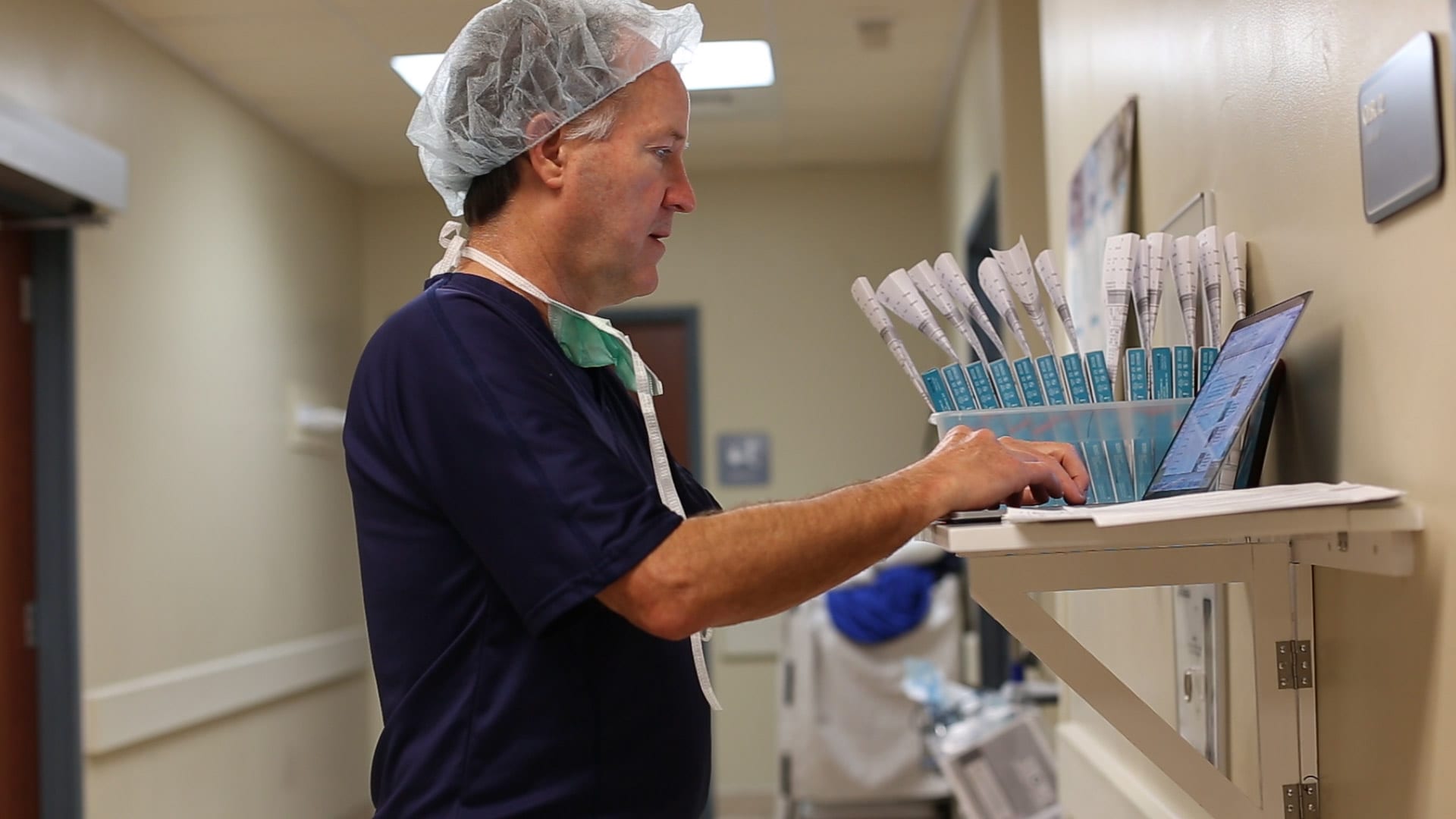
Advanced Cataract Surgery in Myrtle Beach Here are items to consider when choosing an ophthalmologist for cataract surgery. Check Credentials: The eye doctor you choose should be board certified ophthalmologist and fellowship trained. This means your doctor has extensive training and skills necessary to perform cataract eye surgery. Also make sure the doctor you choose […]
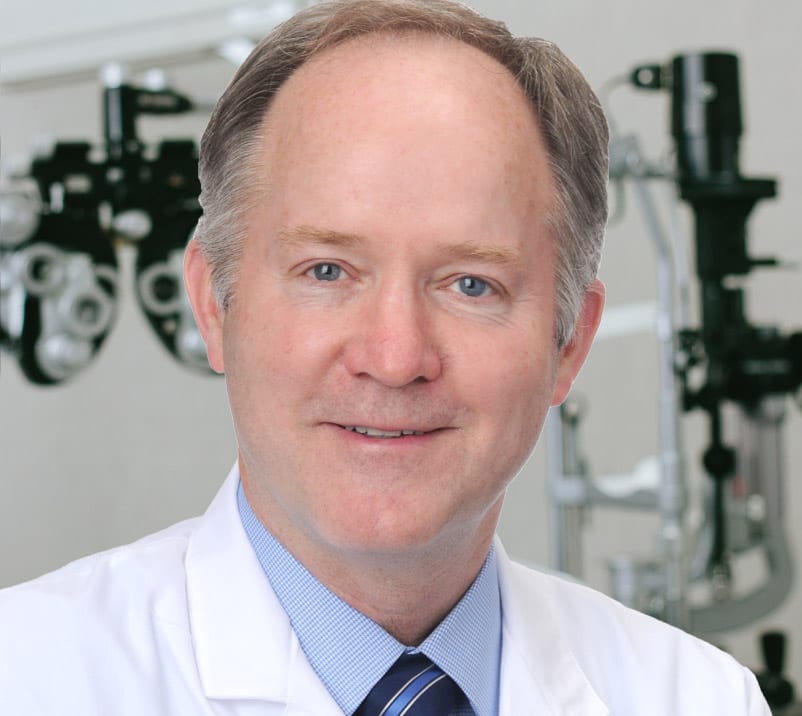
Myrtle Beach, South Carolina, Griffin Eye Center, Leading ophthalmologist, Neil B. Griffin, M.D., is the first cataract surgeon in the Region to implant the FDA approved Tecnis Synergy and Tecnis Synergy Toric II Intra Ocular Lens (IOLs) for patients with cataracts. Griffin Eye Center is excited to be the first in the Myrtle Beach area […]









